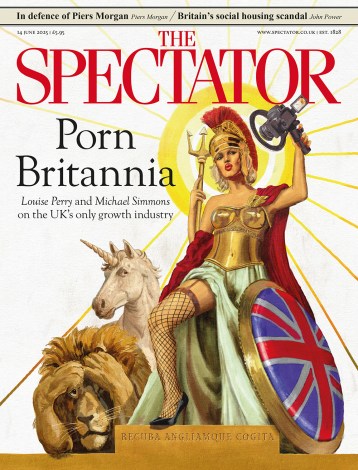One in a million
If you took a national poll on our greatest watercolourist, Turner would win hands down, Girtin would come second and Cotman might get honourable mention behind TV artists Alwyn Crawshaw and Charles Evans. Cotman’s name means nothing to the general public, and carried so little clout in his own day that his death in 1842 didn’t even rate an obituary in his native Norwich. Yet in Landscape 200, Norwich Castle Museum’s triple bill of watercolour shows celebrating the bicentenary of the Norwich Society of Artists, it is Cotman who comes out on top. John Sell Cotman was born in Norwich in 1782, the son of a barber — the one
